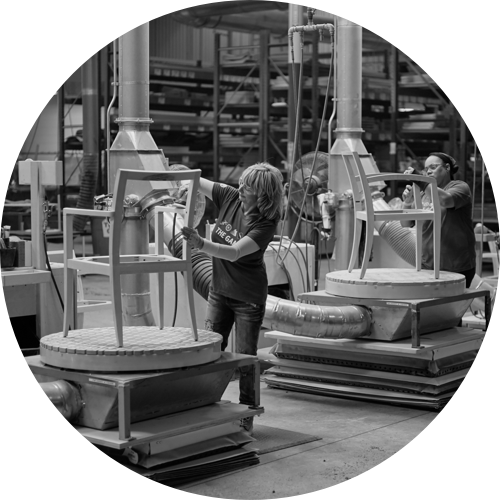Peer Tables

Peer Tables accommodate the increase in communal, multi-use workspaces at the office. The design encourages more casual styles of meeting, conversation, and co-creation that take place in collaborative settings. A shelf below the table surface provides convenient under-table power and data access. It also allows collaborators to keep phones and laptops close by while maximizing available tabletop space.































